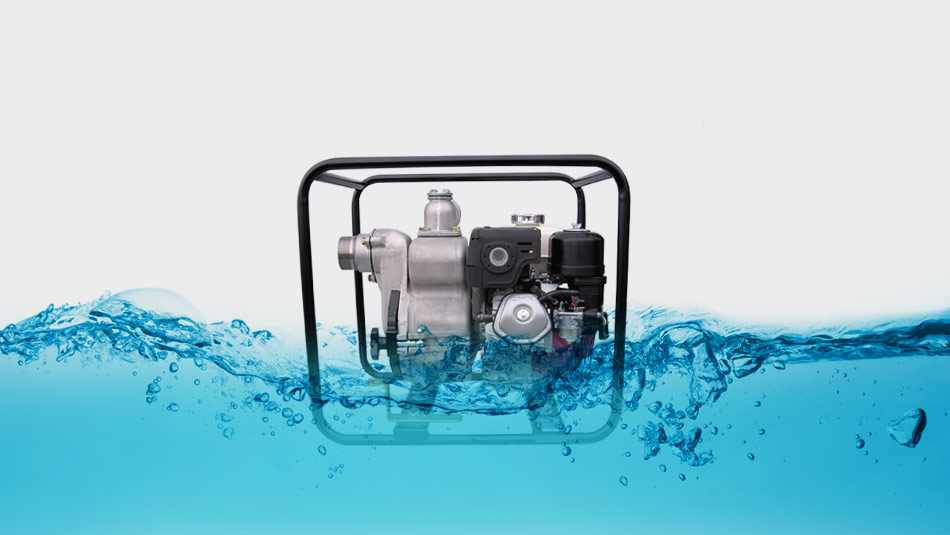Which centrifugal pump should you choose for seawater?

On a boat, the necessity to install pumping devices is a question of safety. If centrifugal pumps are chosen, it is due to their many qualities. Simple and robust, they enable a wide range of applications. Whether to quickly evacuate rainwater mixed with seawater after a storm, to ensure the trim of a cruise ship aboard which the load is poorly distributed, to avoid engine overheating or even to treat seawater to transform it into drinking water, discover the uses of this type of pump and our recommendations to help you choose the best model for your needs.
Need advice?
Our team of experts is here to help you.
You can contact us via a simple click:
How do centrifugal pumps work?
Centrifugal pumps are equipped with an impeller to enable them to move liquids. When the pump is operating, the impeller rotates. Its circular motion drives the liquid into the volute.
The fluid begins to turn in the direction of rotation of the volute (clockwise). It gathers speed and its kinetic energy increases.
Under the centrifugal force, which depends on the rotational speed of the liquid and its density, the liquid is driven, at the pump outlet, towards the discharge pipe.
The operating principle of this type of hydraulic machine is thus to transfer energy to a fluid to suck it in for transport or to enable it to flow.
To prime the pump, it is essential that the impeller chamber is filled with liquid and contains no air. Generally speaking, an orifice on pumps with a priming tank - located on the upper part of the pump body - enables this filling.
To prevent the water from going back down, the bottom of the suction pipe is equipped with a check valve.
Why are centrifugal pumps used to pump seawater?
Centrifugal pumps generally provide constant flow at stable pressure due to their two-step cyclical operation: a suction phase and a discharge phase. They are ideal with low-viscosity fluids like seawater and can be used for numerous applications.
Bilge pumps: an obligatory safety device
Recreational sailing regulations require the presence of a pumping device. This is a lifting pump that enables the evacuation of incoming water after a storm or in the case of submersion. For this purpose, it is necessary to install one or two hydraulic pumps.
A centrifugal pump to balance the trim of a vessel
This type of rotodynamic pumping system is also used for a vessel whose cargo is poorly distributed after loading or unloading. The principle is to compensate empty space in the holds.
Turbine pumps to cool combustion engines
Equipped with vanes, they pump water to propel it into the diesel engine to lower its temperature and avoid damage due to overheating.
Desalination pumps
Certain centrifugal pumps are transfer pumps used to desalinate seawater by reverse osmosis.
Washing and fire safety pumps
Turbine pumps, which are capable of reaching high flow rates, are also installed aboard vessels to wash decks. This system can also be used in case of fire.
What factors should you base the choice of a centrifugal pump on?
Submersible pumps are chosen according to the discharge height. This information determines the diameter and length of the hoses.
Centrifugal pumps offer a wide range of flows and pressures. At Pompes Japy, we propose a high-pressure seawater pump that can reach 5 bars. The maximum flow rate of this pump is 100 m3/hour.
To pump seawater, it is strongly recommended to choose a pump made of non-corrosive materials. Therefore, we propose various water pumps designed in 316 stainless steel and bronze.
In certain cases, it is recommended to install an electrode to avoid the chemical deterioration and corrosion of the pump materials.
If the pumps must always be accessible to enable valve manipulation, they must not come into contact with other materials and machines. Contact with seawater could result in problems of electrolysis.
The suction hose is generally equipped with a strainer, but to correctly choose your pumping station it is important to determine whether or not the pumped water contains particles.
